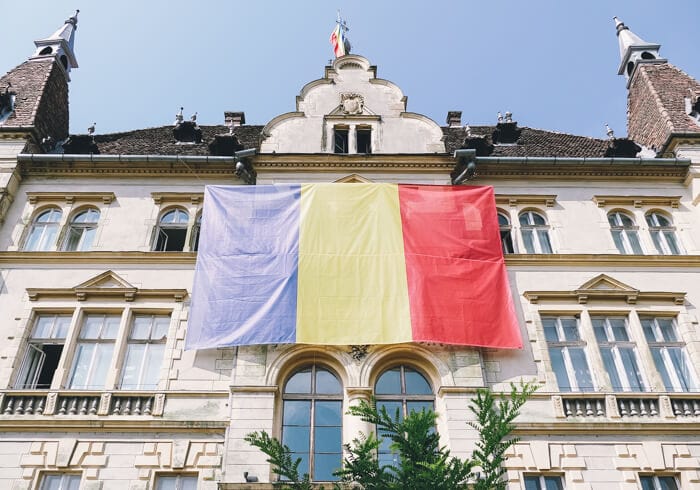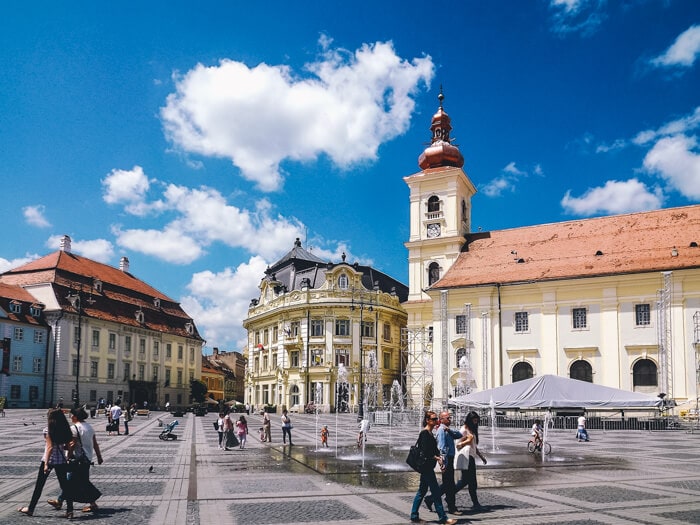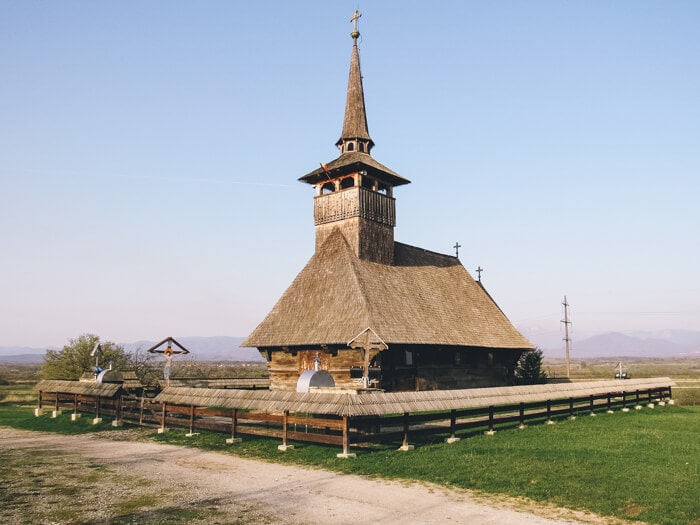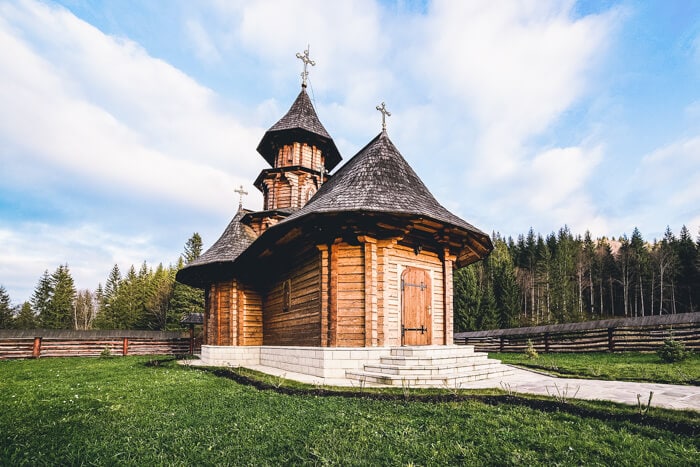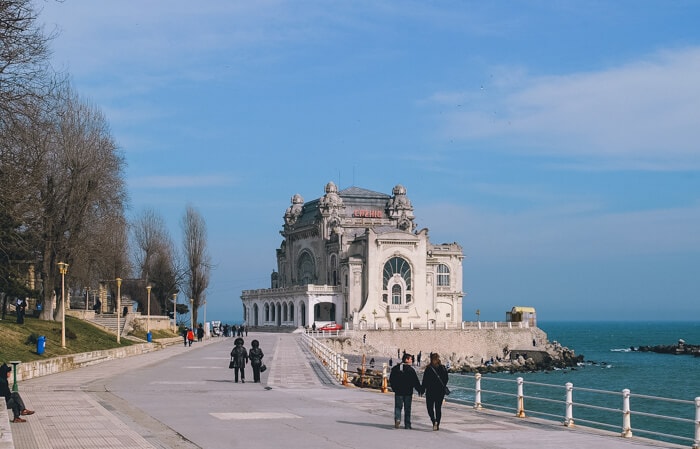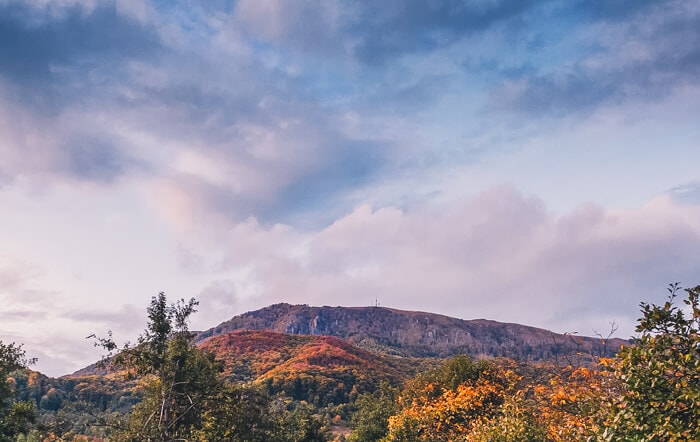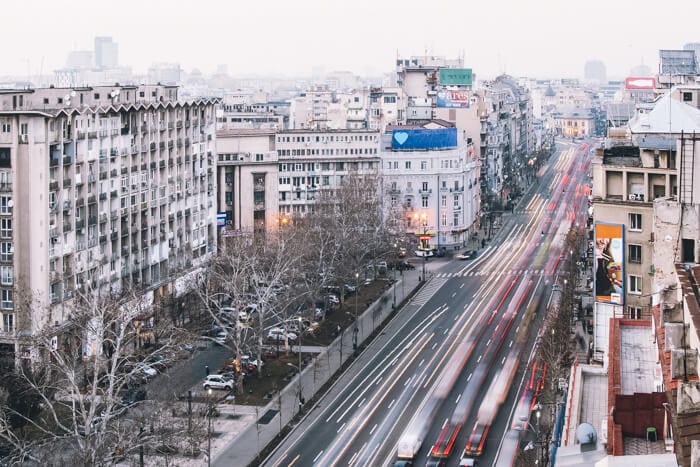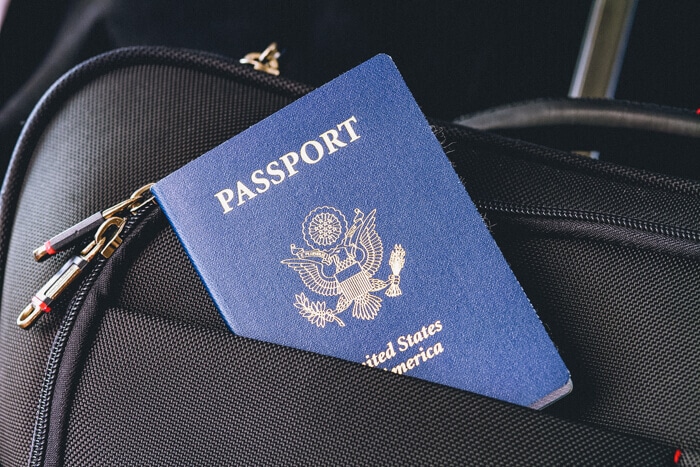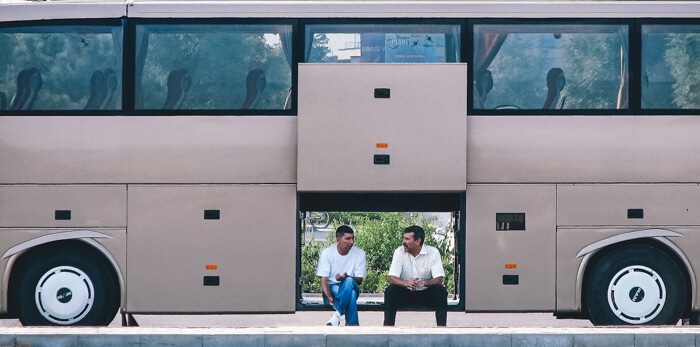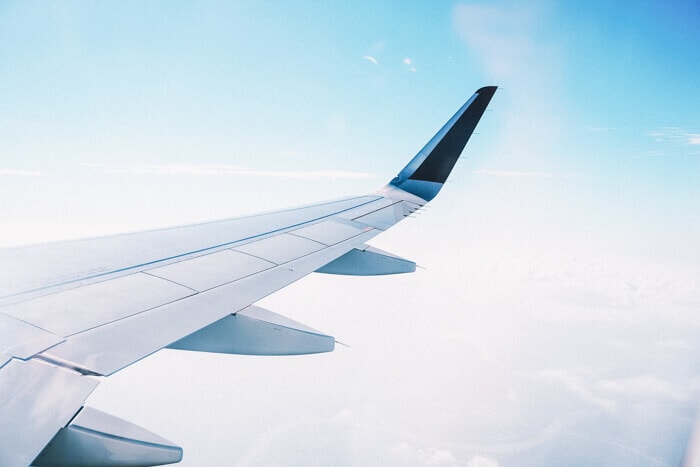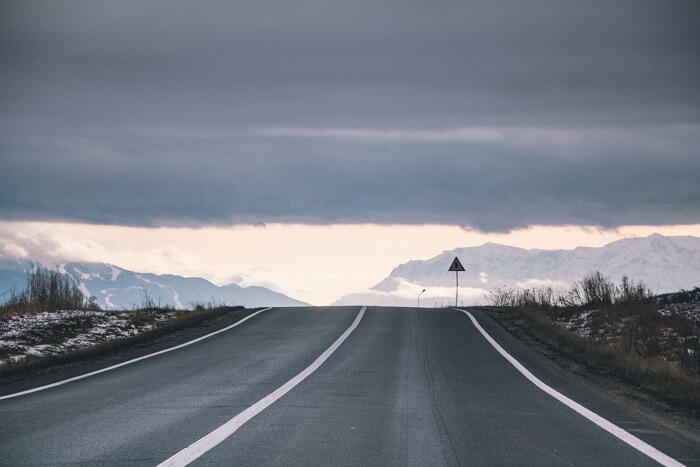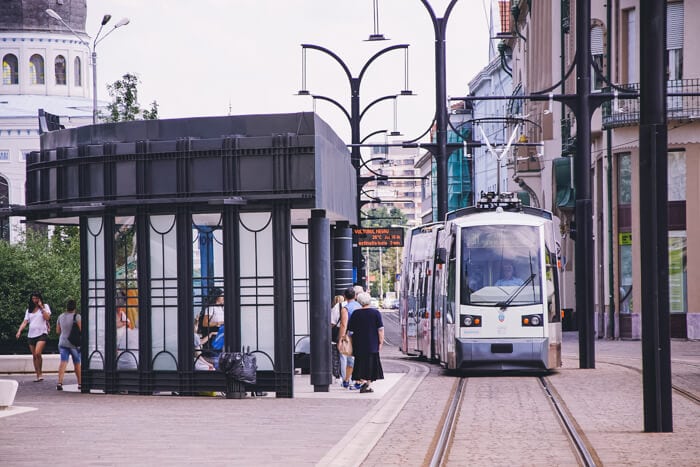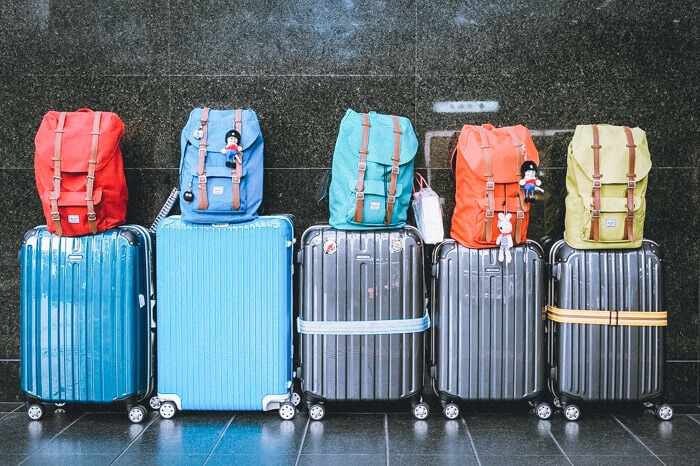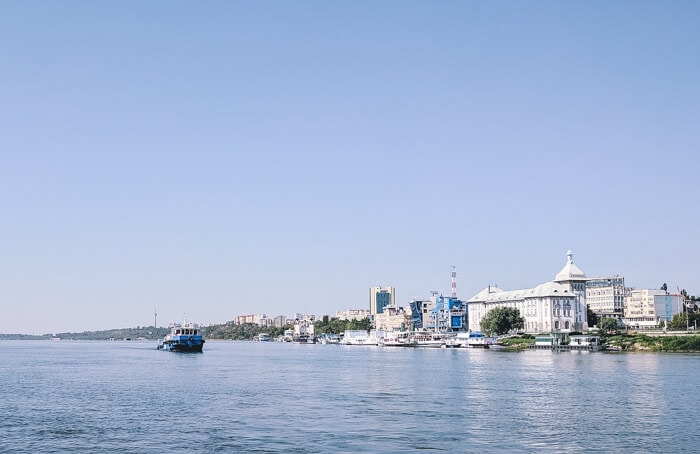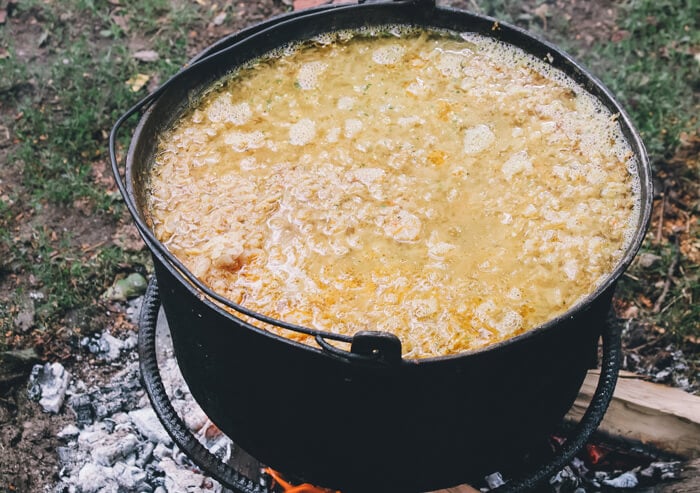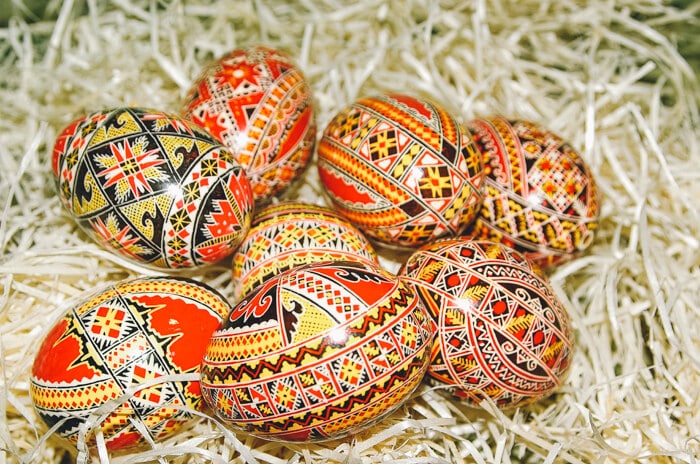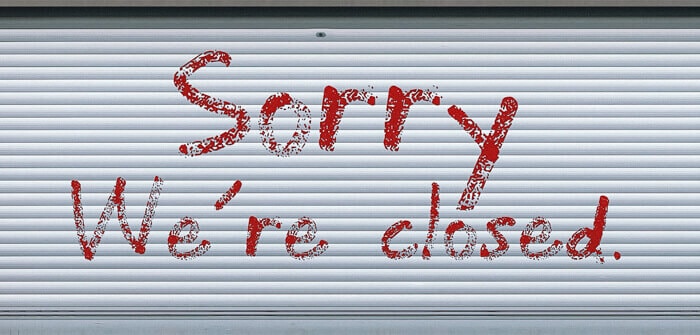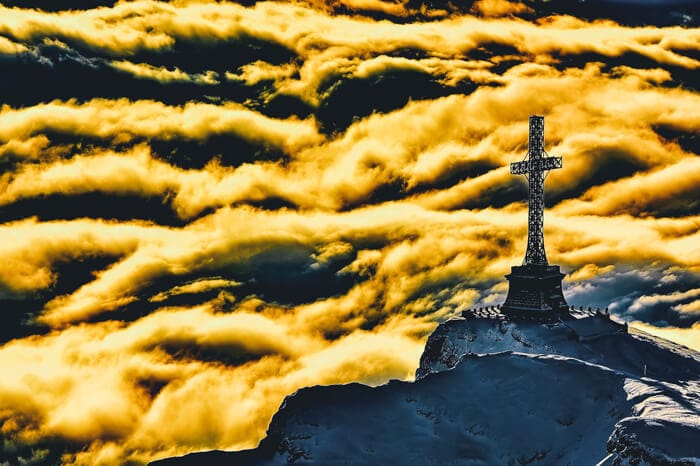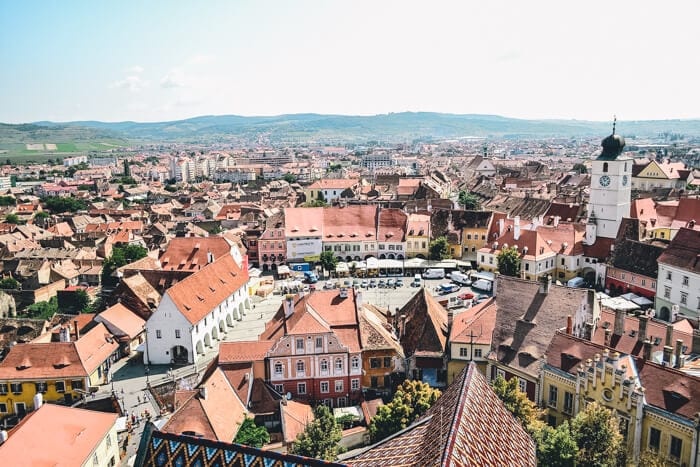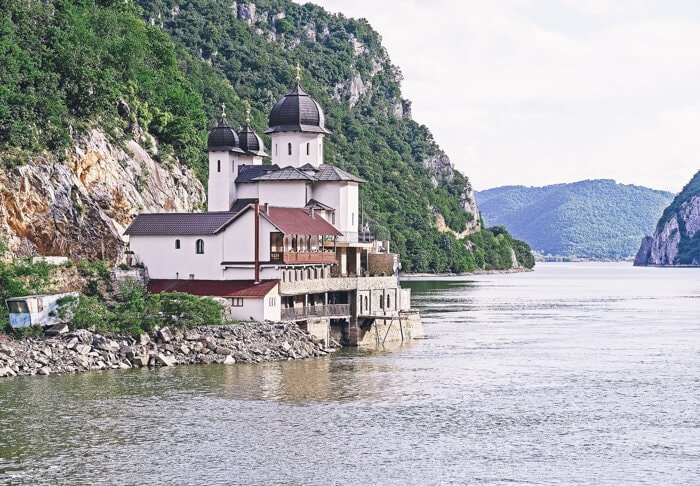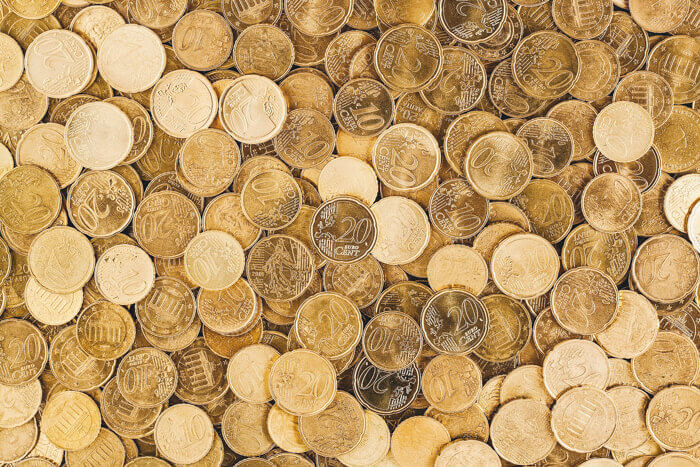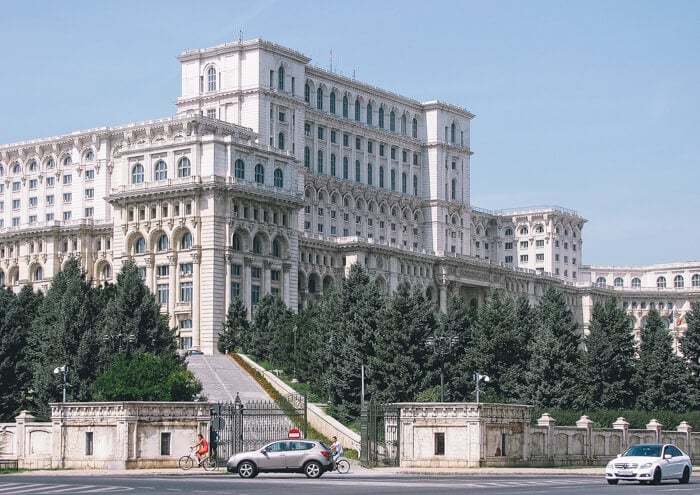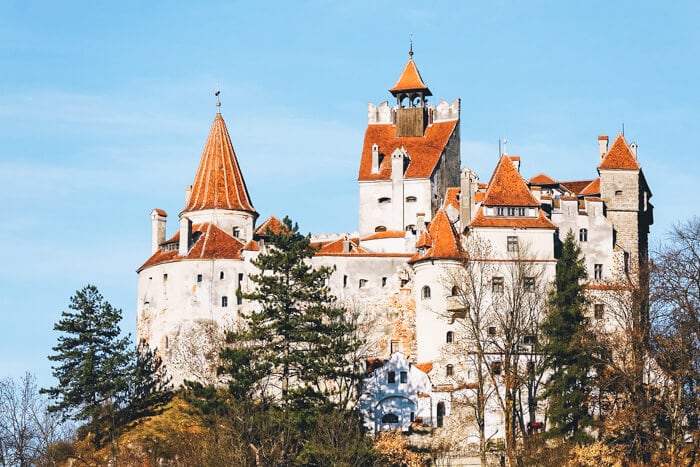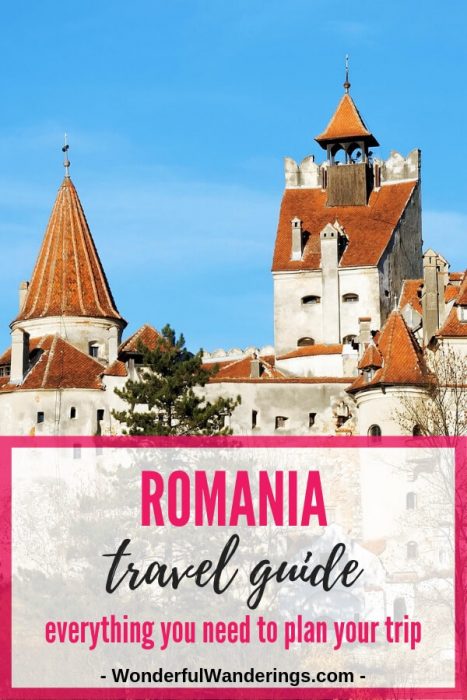Planning a trip to Romania? Great! This Romania Holidays Guide has a ton of information to help you do just that.
Romania is situated in the north of the Balkan Peninsula in southeastern Europe on the shores of the Black Sea. The largest of the Balkan countries borders Bulgaria to the south, Ukraine to the north, Hungary to the west, Serbia to the southeast and Moldova to the east.
The country is a member of NATO and the European Union (EU). The Carpathian Mountains cross Romania from the north to the southwest and give the country its scenic mountainous landscape.
The capital, Bucharest, is home to the world’s heaviest building, the Palace of the Parliament. With a rich cultural heritage and natural beauty, Romania is an enchanting destination with breathtaking scenery.
Contents
- Romania holidays: quick facts
- Romania regions
- How to travel to Romania
- How to travel in Romania
- What to pack for Romania
- The best time to visit Romania
- What to eat on your Romania vacation
- Famous events in Romania
- Public holidays in Romania
- Cultural customs to be aware of in Romania
- Where to stay in Romania
- Don’t forget travel insurance
- Basic phrases and their pronunciation
- Is Romania safe to travel to?
- The use of cash and cards in Romania
- Calling abroad, WiFi and data use in Romania
- Tipping in Romania
- A brief history of Romania
Romania holidays: quick facts
Size: 92,043 sq mi or 238,391 km²
People living there: More than 19 million
Capital: Bucharest
Governmental structure: Romania’s government is a semi-presidential representative democracy where the Prime Minister is the head of government and the President is the head of state.
National day: December 1
Time zone: Eastern Standard Time (EST) / UTC-5
Currency: Leu
Power voltage and socket type(s): 230 V, socket type F. If this socket type doesn’t match your devices, make sure to pack a universal adapter
Official religion(s)/Freedom of religion: Freedom of religion. The majority of citizens identify as part of the Eastern Orthodox Church followed by other Christian denominations including the Catholic Church, Greek Catholicism, and Calvinism.
Official language(s) and general knowledge of English: Romanian is the official language. Approximately a third of the population can speak English.
Drives on this side: right
International driver’s licence accepted? yes
Phone code: +40
Vaccinations needed? no
Can you drink the tap water? yes, so make sure to bring a reusable water bottle
Romania regions
Romania has six historical regions, which are different from the administrative regions but better known.
1. Transylvania
Transylvania is one of the most well-known regions of Romania. Situated in central Romania, the region is surrounded by the arc of the Carpathian mountain chain. With some of Europe’s most well-preserved Medieval towns, Transylvania is a captivating destination. Some of the most notable spots to visit include old Saxon ruins, Brasov, Sibiu and Sighisoara.
Near Brasov, the fairytale castle of Bran draws in Dracula fans – especially in fall when you can celebrate Halloween there. For exquisite natural beauty, head to the Apuseni Mountain range in the western Carpathians and explore the 4000-odd caves.
2. Banat & Crisana
Located on Romania’s western border, Crisana borders Hungary in the north, and Banat borders Serbia in the south. The Crisana region is named after the three main rivers in the region. One of the most charming towns in western Romania is the town of Oradea. Be sure to explore Old Downtown and visit the Museum of the Cris Rivers.
The region is also home to the Bihor Mountains with some of Romania’s best cave tunnels and hidden lakes. Bear’s Cave, west of the mountains, features two levels of galleries with some fossils estimated to be 22,000 years old.
3. Bucovina & Moldavia
The region covers the easternmost part of the country and historically used to be double the size it is at the moment. If you’re looking for serene countryside look no further than Moldavia. You’ll find charming villages flanked by the Carpathians. The Romanian region of Moldavia is not to be confused with its neighboring country Moldova.
The area has rich folklore and astounding natural beauty and history. In the region of Bucovina in northern Moldavia, you can find the UNESCO World Heritage Site of the Painted Monasteries of Bucovina, built in the 15th and 16th centuries. The Voronet Monastery is not to be missed, often referred to as ‘the Sistine Chapel of the East’.
4. Dobrogea
Situated in southeastern Romania between the Danube River and the Black Sea, the region is home to the UNESCO Danube Delta. The wildlife reserve features reed islands, countless birds, fish, and plants.
To the south of the delta, the city Constanta is filled with several museums, historical buildings, and a huge casino. Top places to explore include the ruins of the ancient towns of Tomis and Callatis. To soak up the sun, check out the beach resorts on the Black Sea coast including Mamaia and Neptun-Olimp.
5. Maramures
The region borders Hungary and Ukraine and is an excellent spot for history lovers. The small medieval villages are one of the biggest attractions in the area with plenty of wooden houses and churches. Experience traditional customs, folk festivals and Gothic-inspired architecture. Places worth visiting include the church at Surdesti and Poienile Izei. For beautiful hiking scenery, try out the Rodna and Maramures mountains.
6. Wallachia
The historic region of Wallachia is home to the capital of Romania, Bucharest. The country’s thriving cultural hub is packed full of museums, top-class restaurants and bars, and beautiful architecture to keep you busy. Popular tourists spots to visit include the National Art Museum and the Piaţa Revoluţiei, the site of the old Royal Palace.
The region features some of Romania’s unspoiled mountainous countryside with the foothills of the Carpathians on the western side of Wallachia. Near the town of Curtea de Argeş, you can find the Poienari Castle. The castle has connections to Vlad Ţepeş who was better known as Dracula.
Selected activities in and from Bucharest:
- Day trip to Brasov and Dracula’s Castle
- Skip-the-line entrance to the Bucharest parliament
- A private walking tour of Bucharest’s Old Town
How to travel to Romania
Entry requirements
You need a passport valid for at least three months to travel to Romania. Nationals from the US, EU and Australia don’t need a visa for up to 90 days.
How to go to Romania
By bus
You can reach Bucharest as well as Romania’s main cities from a number of destinations in Europe. Travel directly from Hungary and Ukraine to Romania by bus however, this isn’t the quickest option. Long distance bus companies include FlixBus, Eurolines and AtlasSib.
Check here for bus routes and prices into Romania.
By train
Travel by train from Budapest to Arad or Oradea in Romania in four hours. Train travel can be an affordable and relaxing way to reach the country. For longer journeys and overnight trains, you can book first or second-class sleepers.
Look here for train routes and prices to Romania.
By ferry
There are ferry services operating between a few towns in Romania and Bulgaria including Zimnicea to Svishtov and Bechet to Oriahovo. Several companies offer river cruises on the Danube River from Germany, Austria, and Budapest to the Danube Delta and the Black Sea.
Fly to Romania
Traveling by plane is one of the quickest and most efficient ways to reach Romania. The likelihood is that you’ll be flying into Bucharest’s Henri Coanda International Airport, Romania’s largest and busiest airport. The airport serves some 70 international destinations linking the country to all over the world.
Situated 9km east of Cluj-Napoca is Romania’s second busiest airport, Cluj-Napoca Airport. It’s a key location amongst tourists visiting the historical region of Transylvania. The third busiest airport, Timișoara Airport, serves as the main transport hub for Western Romania.
Check here for a good overview of flight options and prices.
How to travel in Romania
Getting around Romania independently
Romania has a terrific network of mass public transport including buses and trains. The extensive rail network makes traveling by train the perfect option for long-distance travel throughout the country and getting to neighboring countries. Every major city in Romania has a train station.
For smaller trips across town or to small villages, maxi-taxis are convenient and budget-friendly. Maxi-taxis look like buses but are operated independently. The local bus network is also a great way to travel throughout towns. It’s reliable and the most common type of transportation in cities. Many cities throughout Romania also have an extensive tram network.
If you’re in Bucharest, the metro is the best way to get around the capital city. You can buy a 24-hour travel pass for the metro.
To reach Romania’s more rural and remote areas, traveling by car is the best way to discover the unique scenery. Most major international car rental companies can be found in big cities and airports.
Look here for the best rental car prices.
What to pack for Romania
Romania has a temperate climate with four distinct seasons spring, summer, winter and fall. The country sees hot summers with long cold winters. Generally, the southern districts of Romania are the warmest with winters seeing an average of 0-5°C and 25-30°C in the summer months.
It can rain throughout the whole year but spring is usually the driest season. The mountains see more rainfall and the coast sees less, on average. Winters can be cold, especially in the mountains. Snowfall can come from December to mid-March, throughout the whole country.
What to pack for Romania in summer
- sunglasses
- light clothing
- sunscreen
- a raincoat
- comfortable walking or hiking shoes
- something to cover your shoulders for visiting religious sites, like this pashmina
- a re-usable water bottle
- good walking sandals
What to pack for Romania in winter
- merino woolen base layers
- merino woolen socks
- merino woolen leggings
- a warm, wind and waterproof coat
- snow boots
- gloves
- a hat
- a warm scarf
- a re-usable water bottle
What to pack for Romania in fall and spring
- sneakers
- a lightweight but warm and water resistant jacket
- layers
- a re-usable water bottle
The best time to visit Romania
As for many destinations, the best time to go to Romania depends mostly on what you want to do while you’re there. Each season offers up its own unique set of activities. If you’re looking for a hot and sunny beach holiday, then head to Romania in July or August. In August, the days are still long and warm and you can see the country in all its autumnal beauty.
For winter activities such as skiing and snowboarding, the best time to travel to Romania is in January to February. Whether you want to experience the National Easter eggs Festival in spring or check out one of Europe’s best music festival, Untold Festival, every month has something to offer depending on what you love to do.
What to eat on your Romania vacation
- Sarmale – stuffed cabbage rolls traditionally served at large celebrations
- Lamb borsch – natural sour juice with vegetables and lamb
- Mici – grilled minced meat rolls
- Sorici – pork skin which can be eaten uncooked or boiled with garlic
- Varza a la Cluj – cabbage with minced meat and rice baked in sour cream
- Piftie – pork jelly
- Mamaliga cu branza si smantana – polenta served with sour cream and cheese
- Salata de icre – fish roe salad made with a pike or carp fresh roe
- Salată boeuf – traditional beef salad
- Dovleac copt – baked pumpkin
Famous events in Romania
- Untold Festival, Cluj-Napoca (August) – Romania’s largest music festival with a mix of dubstep, house, and EDM for four days
- Art Safari, Bucharest (May) – the country’s biggest annual art exhibition with Romanian and international galleries
- Suceava Days, Suceava (June 24) – Patron St John is celebrated every year on June 24 with beer, street food, and music
- Electric Castle, Northern Transylvania (July) – the four-day music festival includes a number of genres with house, reggae, and metal performances
- International Vampire Film & Arts Festival, Sighişoara (May) – the four-day festival consists of horror movie screenings, gothic literature readings, and provocative art shows
- Romanian Design Week, Bucharest (May) – an annual event that promotes Romanian contemporary design
- Festival of Medieval Arts, Suceava (August) – the festival highlights Suceava’s glory days in the 14th and 15th century
- George Enescu Music Festival, Bucharest (September) – classical musical festival performed at the Romanian Athenaeum
- PLAI Festival, Timişoara (September) – ethnic and world music takes place at the Banat Village Museum
- Nedeia Munţilor, Braşov (July & September) – the village of Fundata hosts charming folklore festivals in early autumn and midsummer
Public holidays in Romania
- New Year’s Day
- Day after New Year’s Day
- Unification Day
- Orthodox Good Friday
- Orthodox Easter Monday
- Labour Day
- International Children’s Day
- Orthodox Pentecost
- Descent of the Holy Spirit
- St Marys Day
- Feast of St Andrew
- National Day (December 1)
- Christmas Day
- Second day of Christmas
Cultural customs to be aware of in Romania
If you are visiting Romania for the first time, it’s good to make yourself aware of some do’s and don’ts. For example, Romanians are extremely friendly and welcoming people but won’t appreciate it if you confuse the Hungarian capital Budapest with Bucharest.
Also don’t assume that because “vampire tourism” is a big thing in Romania, Romanians actually believe in vampires. They know how to exploit the myths and legend economically but that’s about it.
Religion is another topic that’s best avoided.
Lastly, don’t assume Romanians speak Russian. Romanian is a roman language and kids usually learn English, German and/or French as foreign languages in school.
Where to stay in Romania
I always go to Booking.com to look for accommodation because this site gives you a lot of options to filter out only those hotels and guesthouses that match what you’re looking for. In my case, that’s a rating of more than 8/10, free WiFi, breakfast included and a good location.
If you’re looking for accommodation in Romania, I highly recommend you check there.
When I want a bit more space and privacy, I look for an apartment on Airbnb.
Don’t forget travel insurance
No matter how well you plan and research a trip, there are always things that happen beyond your control. Something might get canceled, you can get ill or hurt while traveling or one of your electronics might break or get stolen. When misfortune strikes, travel insurance has got you covered. I’ve had ongoing travel insurance ever since I started traveling to make sure I’m covered for every trip I go on. Don’t have insurance yet? You can get a free quote here:
Basic phrases and their pronunciation
Good morning
What is your name?
My name is…
Nice to meet you
See you soon
Please
Thank you
Yes – Da (DAH)
No – Nu (NOO)
Excuse me
I’m sorry
Goodbye
I can’t speak Romanian
/
Do you speak English?
Is there someone here who speaks English?
How much will it cost?
I don’t understand
Where’s the bathroom?
The check, please
Buna dimineata (BOO-nuh dee-mee-NYAH-tzuh)
Cum va numiti? (coom vuh noo-MEETZ)
Numele meu e… (NOO-meh-leh MAY-oo yay)
Încântat. (oohn-kahn-taht)
Pe curând (pay cur-OOHNT)
Va rog (vuh ROHG)
Multumesc (mool-tzu-MESC)
Da (DAH)
Nu (NOO)
Pardon (pahr-DOHN)
Îmi pare rau (oohm pah-reh RAUH)
La revedere (lah reh-veh-DEH-reh)
Nu vorbesc româneste (NOO vor-BESC Roh-MOOHN-eshtay)
Vorbiti engleza? (vor-BEETZ eng-LAY-zuh)
Vorbeste cineva aici engleza? (vor-BESHT-eh CHEEH-neh-va AY-eetch eng-LAY-zuh)
Cit costa?
Nu înteleg (NOO in-tze-LEG)
Unde e toaleta? (OON-day yay twah-LEH-ta)
Nota de plata, va rog (NO-tah day PLAT-tuh, vuh ROHG)
Is Romania safe to travel to?
So is it safe to travel to Romania? Well, Romania is a relatively safe country to travel with a low rate of crime. Tourists should be on the lookout for common scams and petty crime such as pickpocketing in high-tourist areas and extortionist taxi ride fares. Use your basic common sense and take normal precautions as you would anywhere else in the world.
The use of cash and cards in Romania
Major credit cards including American Express, Visa and MasterCard are accepted in large hotels and stores in main cities. Cards are less likely to be accepted in smaller towns away from tourist areas. You can find ATMs throughout the main cities in banks and shopping centers.
There are only a few ATMs in remote villages so it’s best to withdraw money before traveling to remote areas. Make sure to carry some local currency on you as well as using cards.
Calling abroad, WiFi and data use in Romania
Those with a SIM card from an EU country don’t have to pay roaming charges when calling, texting, or using data in Romania. The same goes for some global phone plans.
If you don’t have a EU SIM but still want to have unlimited WiFi, check out Solis Wifi.
Skyroam offers both day passes and monthly subscriptions providing you with 4G throughout your trips. I’ve been using their daily passes not just when I travel outside the EU (no roaming charges for me in the EU) but also as a backup for when I think I’ll go over my phone’s data plan.
Check out Solis Wifi here.
Tipping in Romania
In Romania, tipping is not obligatory but it is a common thing to do when you’ve received good service. You can find some guidelines on who to tip what here.
A brief history of Romania
Romania has been inhabited since the Paleolithic Age with the first known cave paintings dating back to about 10,000 B.C. Ancient Romania was originally inhabited by Thracian Tribes who the Greeks referred to as the Getae. From 700 B.C, the Greeks arrived and settled near the Black Sea.
In 70 B.C, a strong Dacian state began to grow, established by King Burebista. The Dacian Kingdom controlled the territory of modern-day Romania and peaked in 100 A.D. The Romans later went on to defeat the Dacian King and colonize Dacia, making it a province of the Roman Empire. Roman troops soon went on to abandon Dacia.
Between the 4th and 9th century, several tribes including the Slavs, Huns, Goths, and Magyars (Hungarians) invaded Dacia, each leaving their cultural mark on the country. The principalities of Wallachia, Moldovia, and Transylvania were established. By the 13th century, Transylvania was an autonomous principality under the Hungarian crown.
After being under Habsburg and Ottoman control, Transylvania, Moldavia, and Wallachia were united under one ruler in the 1600s. Wallachia and Moldavia finally united as Romania in 1862, under the rule of Prince Alexandru Ioan Cuza. Romanian independence was later recognized and it was declared a kingdom in 1881.
In 1944, Soviet forces begin to close in on Romania and the following year a Soviet-backed government was installed. A deadly earthquake killing 1,500 people in Bucharest hit the country in 1977. In December of 1989, Romanians unite in protest against communist leadership eventually resulting in the death of Nicolae Ceausescu and his wife. The first free-party elections were held after WWII leading to a new constitution with rights of free speech, private ownership, and religion.
Romania has seen numerous empires come and go before falling under Communist rule. The country later went on to join NATO and the European Union, showing just how far it has come since its Soviet days.
PIN FOR LATER
Find below our top guides about Romania.

